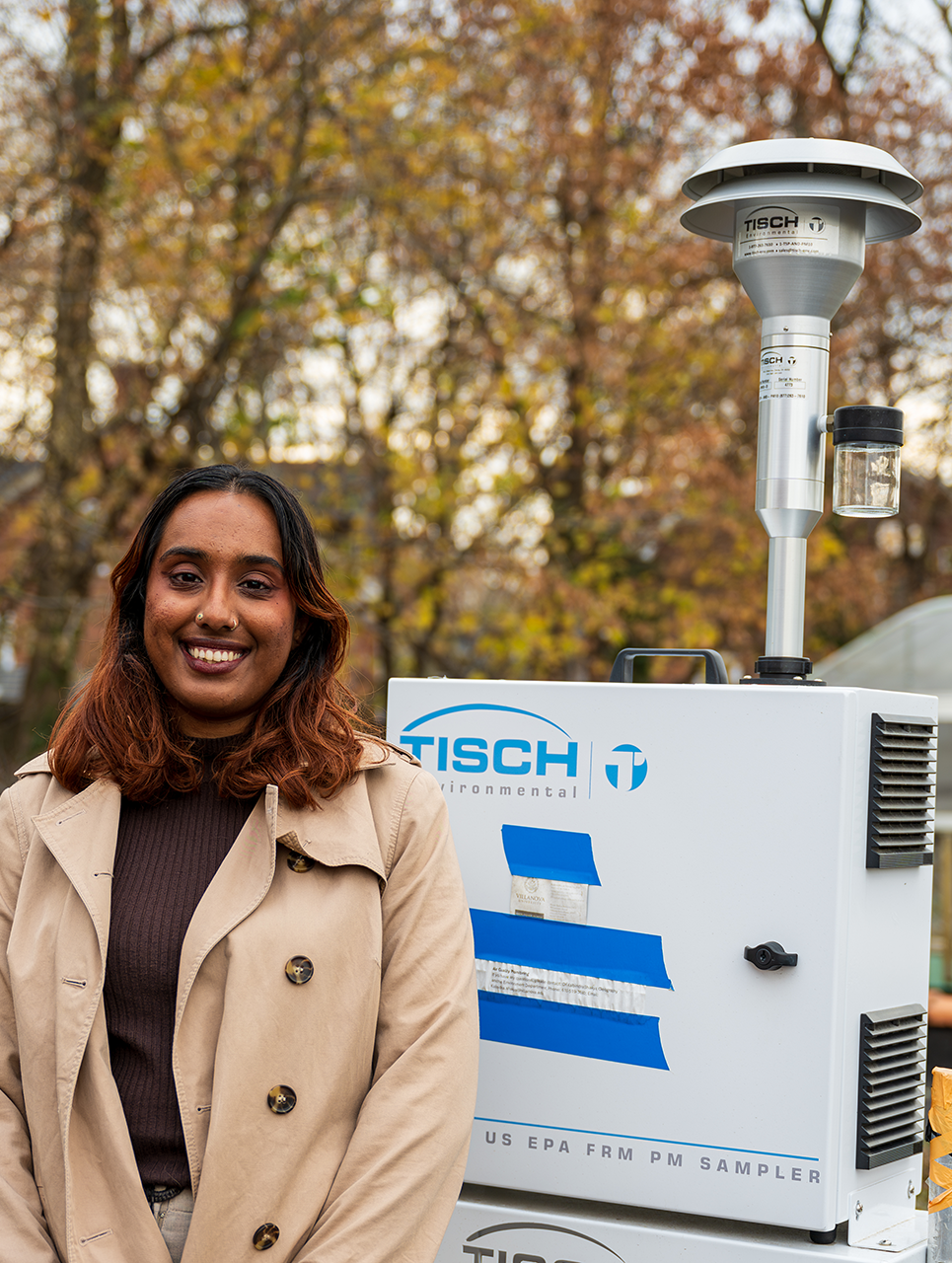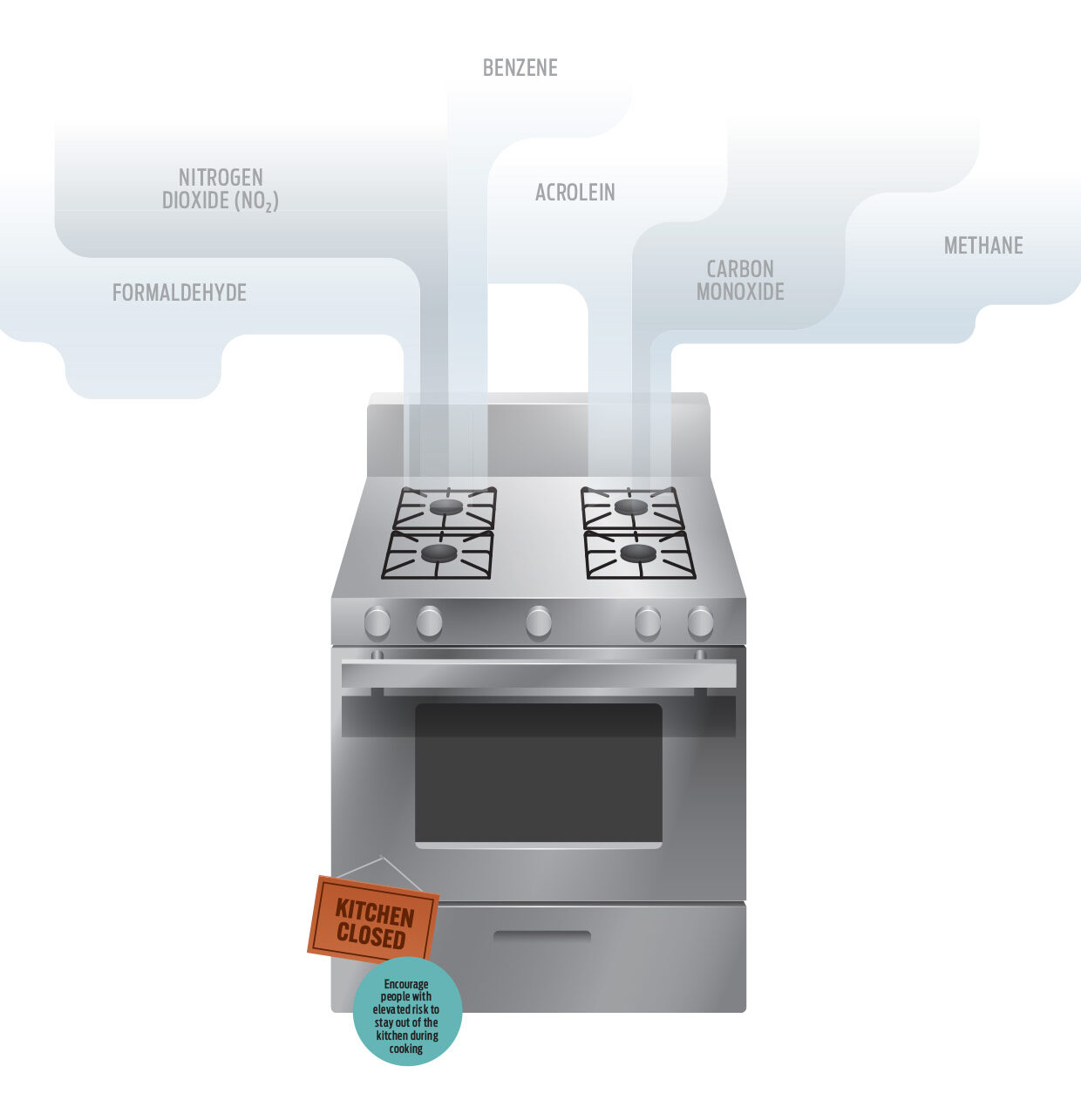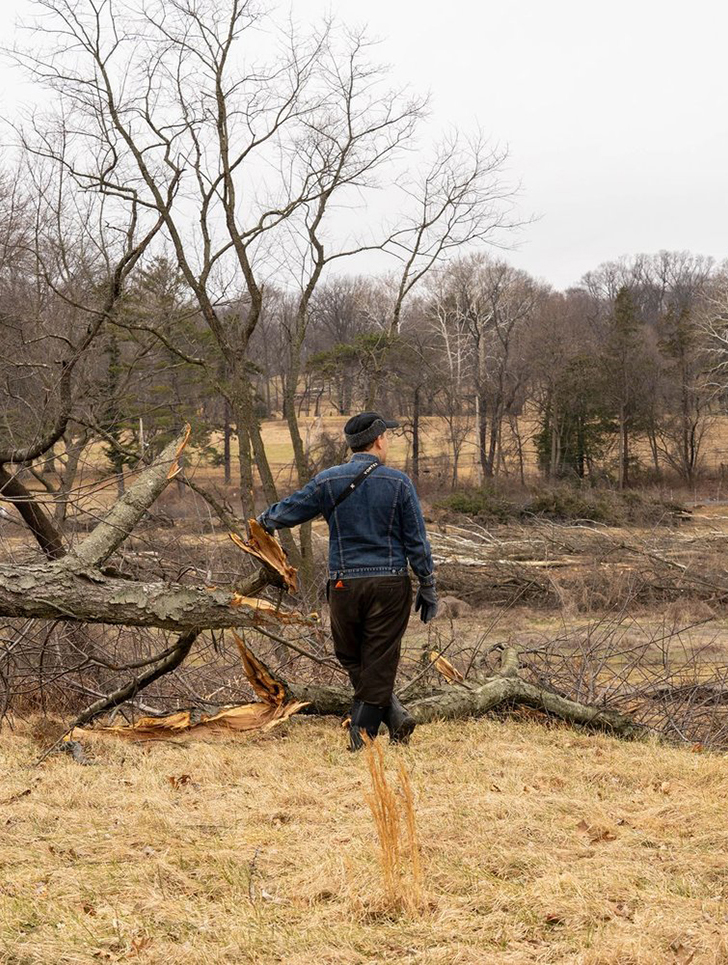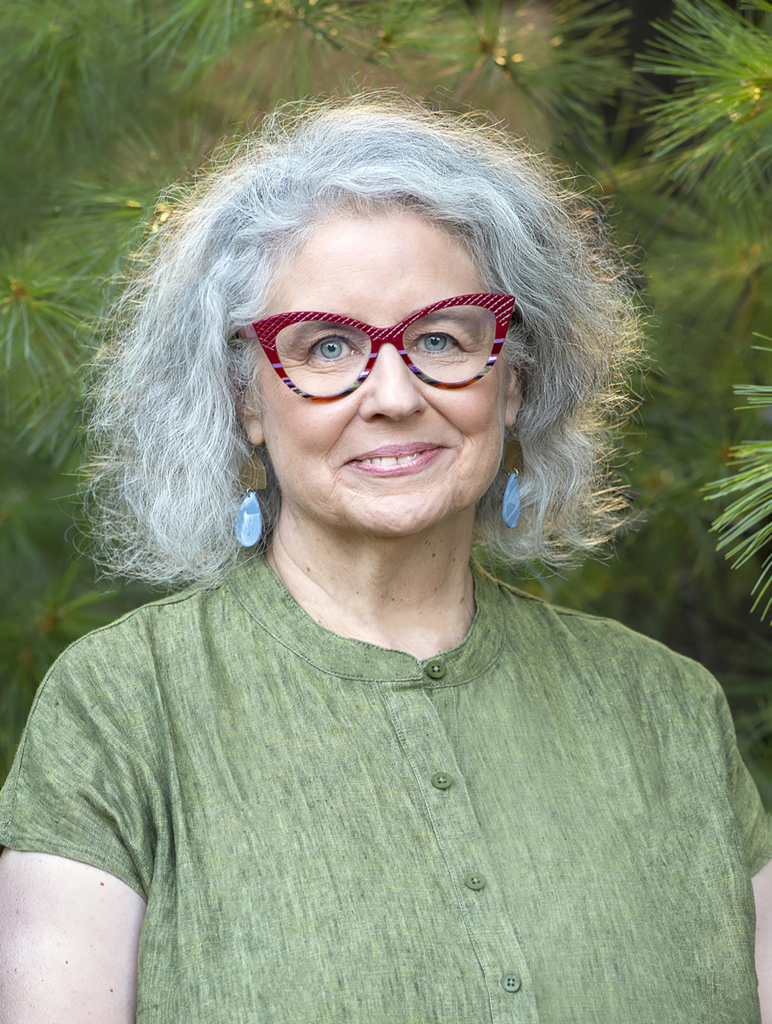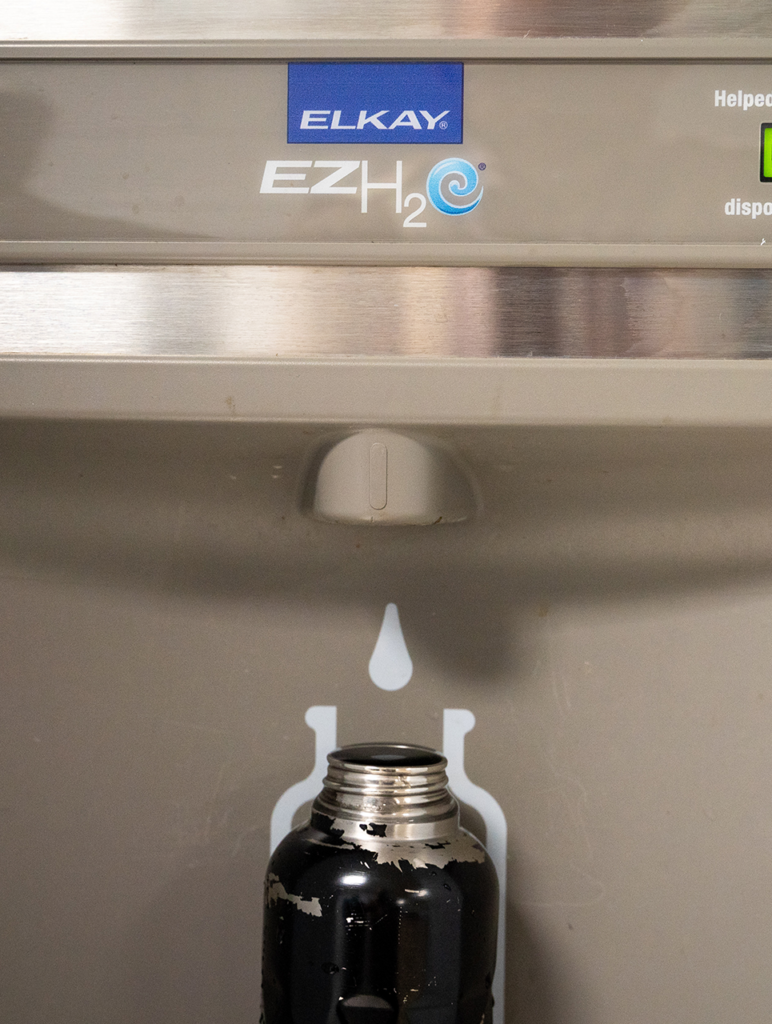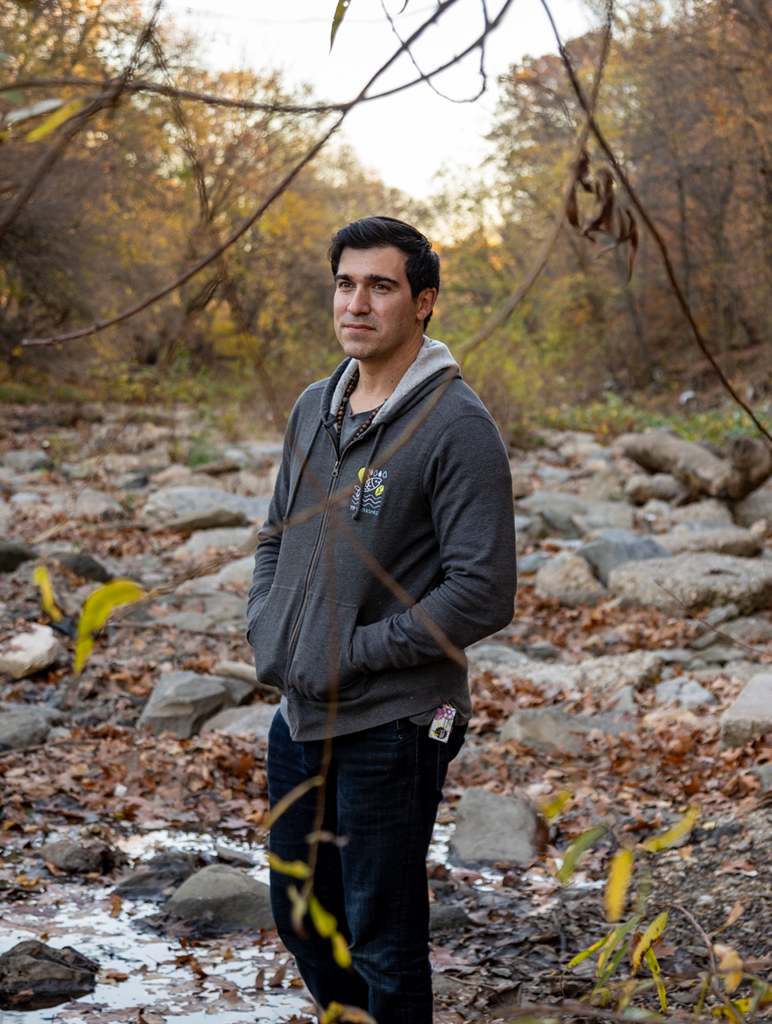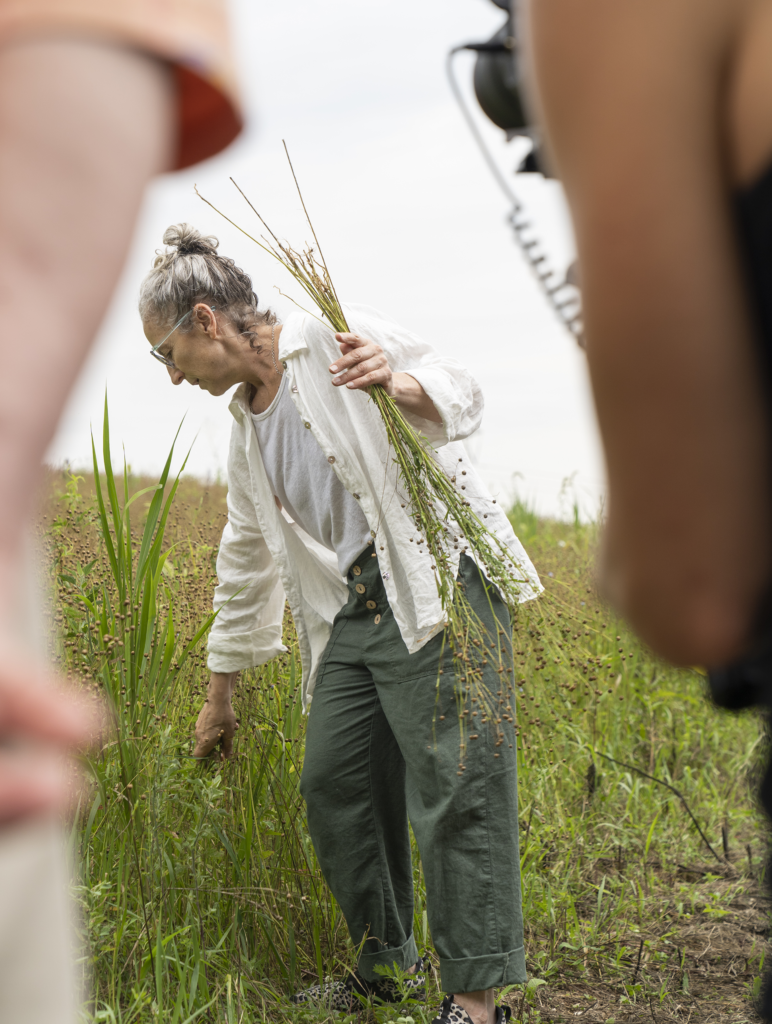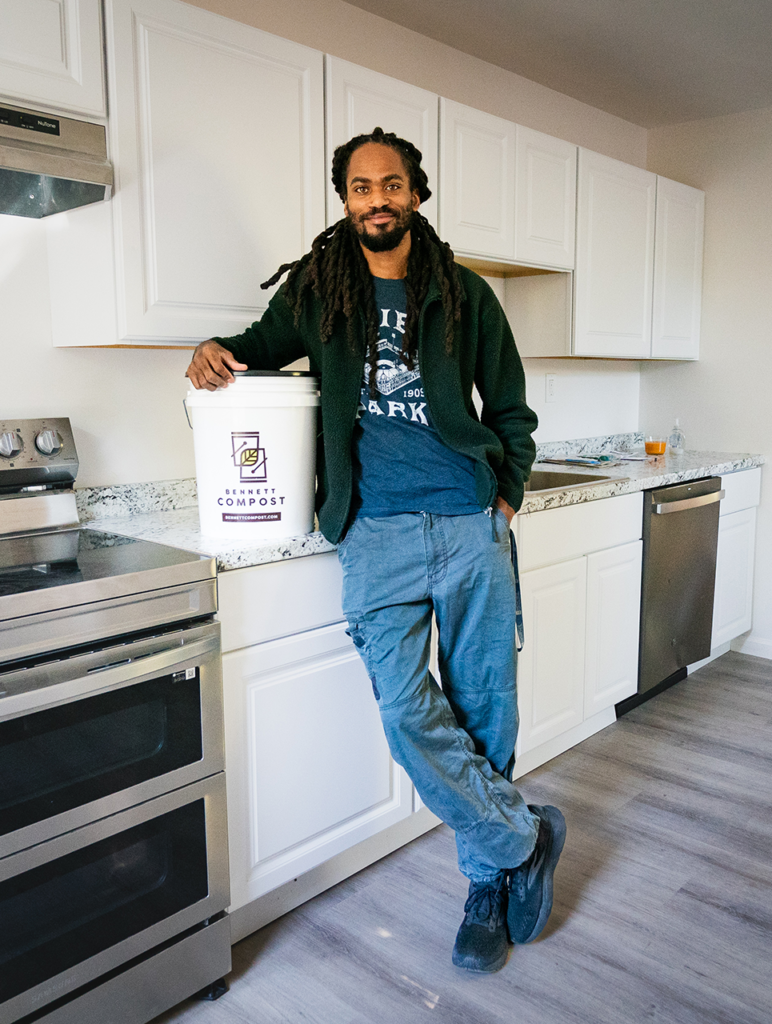Jennifer Skirkanich updated her kitchen exhaust fan after an air quality monitor reminded her just how dangerous cooking can be.
“You don’t ever think about it, but seeing the light turn red is like, ‘Oh yeah, that’s harmful,’” says Skirkanich, a biologist and West Philadelphia resident who teaches at Bryn Mawr College.
Skirkanich’s air quality monitor was picking up on particulate matter, a mixture of solid particles and liquid droplets in the air that, when inhaled, can cause respiratory and cardiac problems, such as asthma and heart disease.
Cooking on a gas stove or accidentally burning a meal can increase the levels of particulate matter in the air.
“You forget how often you have activities in your house that produce harmful effects,” says Skirkanich, a participant in the Overbrook Breathe Right Community Air Monitoring Project.
Skirkanich’s home is one of seven that will have at least one monitor deployed on the premises for the next year. Eight nonresidential properties also have monitors.
The goal of the project is to increase awareness about air pollution impacting certain West Philly communities, including Mantua, Mill Creek, Overbrook and Wynnefield. The project targets the zip codes 19151, 19131, 19139 and 19104.
Overbrook Environmental Education Center (OEEC) is running the air quality monitoring project, which is funded with a $300,000 grant from the U.S. Environmental Protection Agency. The center is working with researchers at Drexel and Villanova universities — sub-awardees of the grant — on the data analysis and lab work components of the project.
“This grant is focused on understanding air quality at a very hyperlocal level in West Philadelphia, which has historically been an environmental justice community,” says Vicki Jagdeo, environmental educator and program coordinator at OEEC.
“It has years of disinvestment, higher rates of asthma, just a lot of traffic [and] industrial facilities,” she explains. “When we look at West Philadelphia right now, we see a lot of development. I think that’s also contributing to a lot of the air pollution in the area.”
All 15 air monitoring sites across West Philly have outdoor monitors, and five of the sites have monitors indoors too.
“We wanted to have a lot of them outdoors because I think that’s where people spend a lot of their time navigating, commuting, doing things recreationally,” says Jagdeo. “I think it’s important for us to understand.”

Nonresidential sites with monitors include the Philadelphia Zoo, Mill Creek Urban Farm and the 4th District Container Village, an outdoor shopping center and small business incubator.
The monitors were installed in July and will likely remain in place until the fall of 2025, when data analysis will begin.
As part of the project, nine of the sites are also using a passive sampling device to monitor trace gasses in the air, including nitrogen dioxide, nitric oxide, sulfur dioxide and ozone. These pollutants can also negatively impact people’s respiratory and cardiac health.
The passive sampling is confined to two two-week periods, one this past summer and one next spring.
Jagdeo says it’s too early to have a full picture of what the project’s data shows. No significant differences have surfaced so far between the 15 air monitoring locations, she says, but there has been a decrease in overall air quality moving into the fall.
Eventually, the project will have focus groups to discuss how community members can mitigate air pollution.
“The Overbrook Center truly cares about the community,” Jagdeo says, explaining that the project’s ultimate goal is to “empower the community to have advocacy around air quality.”


